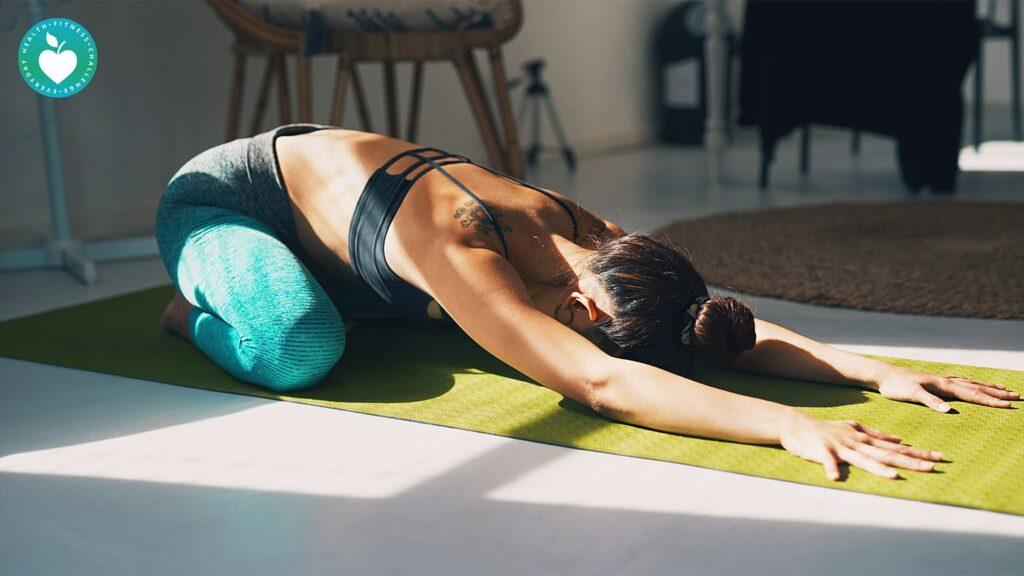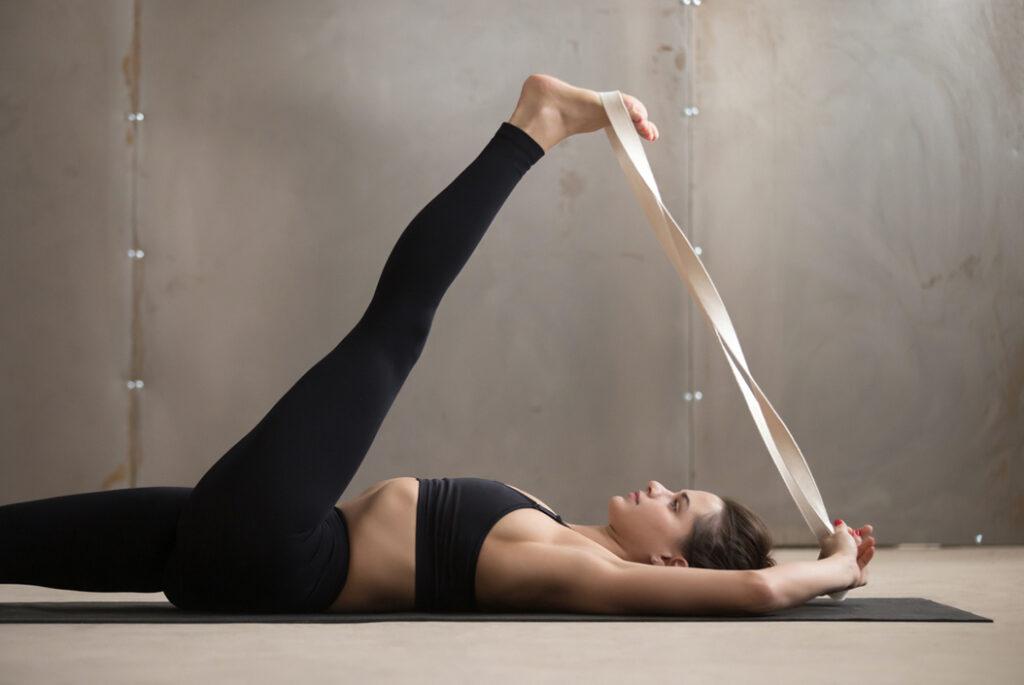Flexibility workouts are essential components of any well-rounded fitness routine
Flexibility workouts are essential components of any well-rounded fitness routine. They focus on improving the range of motion of muscles and joints, enhancing flexibility, and promoting better mobility.
These workouts offer numerous benefits for overall health and well-being, making them valuable for people of all ages and fitness levels.

Benefits of Flexibility Workouts:
Improved Range of Motion: Regular flexibility exercises can help increase the range of motion of muscles also joints, allowing for more fluid movements in daily activities and physical conditioning.
Reduced Muscle Tension: Flexibility workouts can ease muscle tension and stiffness, contributing to better posture and reduced risk of muscle-related injuries.
Flexibility is key for athletes, enhancing performance through improved movement and agility.
Flexibility prevents injuries by keeping muscles also joints supple, reducing strain risks.
Stretching enhances blood circulation, delivering oxygen and nutrients for muscle recovery.
Stress Relief: Flexibility workouts often involve relaxation techniques like deep breathing and mindful stretching, reducing stress and promoting mental well-being.
Types of Flexibility Workouts:
Static Stretching: Involves holding a stretch for a specific amount of time, targeting individual muscles, and gradually improving their length.
Dynamic stretching mimics sports movements, warms muscles, and boosts flexibility.
Yoga: A holistic practice that combines flexibility, strength, also mindfulness, incorporating various stretching poses and breathing techniques.
Pilates: Focuses on core strength and flexibility, utilizing controlled movements to improve posture and alignment.
Tai Chi: An ancient Chinese practice that emphasizes slow, flowing movements, promoting flexibility and balance while enhancing mind-body connection.
Incorporating Workouts:
You can integrate flexibility workouts into a fitness routine in several ways.
Pre-Workout: Dynamic stretching before exercise helps warm up muscles and prepares them for physical activity.
Post-Workout: Static stretching after exercise helps cool down muscles, improve flexibility, also prevent post-workout muscle tightness.
Stand-Alone Sessions: Dedicated flexibility workouts, such as yoga or Pilates classes, provide comprehensive stretching and relaxation benefits.
Conclusion
Flexible workouts are essential for maintaining optimal physical performance, preventing injuries, and promoting overall health and well-being.
Integrating flexibility exercises into a fitness routine enhances range of motion, reduces muscle tension, and supports stress relief.
With many options, individuals can choose flexible workouts that suit their preferences and fitness goals, enhancing any active lifestyle. 바카라사이트
